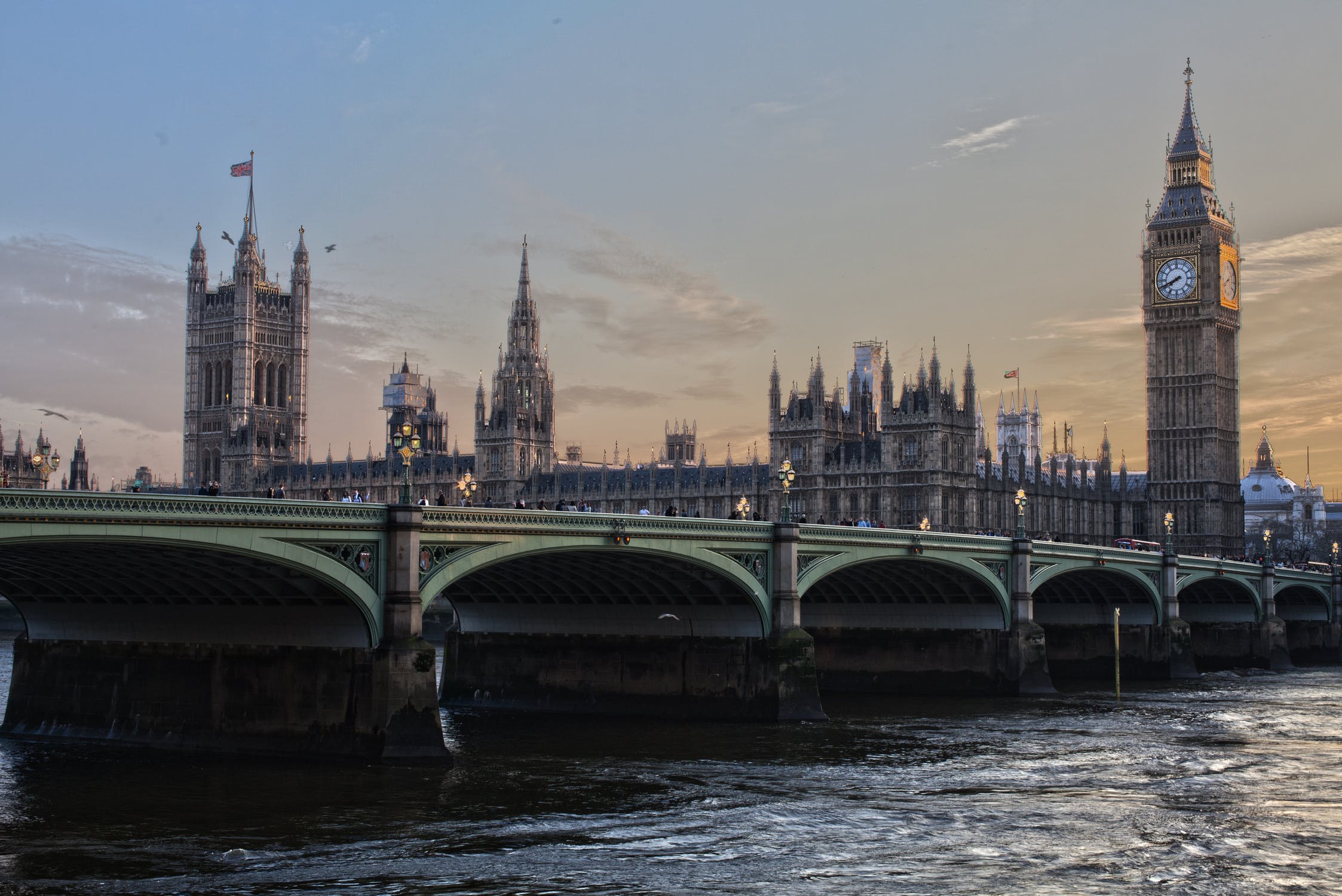The total cost of furloughing hit £30.9bn at the end of July, up from £26.5bn at the end of June, new government figures have revealed.
The latest data also showed that a total 9.6 million jobs had been furloughed through the Coronavirus Job Retention Scheme (CJRS) for at least part of the period between March to June – 32% of eligible employments.
No new employees could be put on furlough after 30 June, but claims were submitted during July. The claims have been made by 1.16 million employers, with 61% of eligible employers claiming through the scheme, the Government stated.
The figures also showed that the number of employments furloughed peaked at 8.9 million on 8 May, then reduced to 6.8 million by 30 June. This peak is lower than the mentioned total of 9.6 million mentioned, since furloughed staff have been furloughed for different periods.
Commenting on the latest figures, Hargreaves Lansdown personal finance analyst, Sarah Coles, said: “The astronomical expense of emergency job support schemes continues to expand. But the frenzied speed at which the Treasury has been forking over cash slowed significantly in July. The additional monthly cost more than halved from £9.4bn in June to £4.6bn in July.
“Reopening big chunks of the economy – including the hospitality and tourism sector – had a dramatic impact. Millions of furloughed employees are returning to work, and life is edging slightly closer to normal in many areas. However, these figures also include growing numbers of employees who are dropping off the furlough scheme and into unemployment – as news of job losses mount.
“For an estimated 3 million people still on furlough, the future is uncertain. As the scheme tapers further in the next couple of weeks, their employers face footing more of the wage bill or letting them go.”
Latest News
-
Perspective Financial Group and DJH launch wealth management offering
-
Advisers expect investment markets to be ‘more volatile’ in 2026
-
Net mortgage approvals dip in November – BoE
-
6.5 million zero interest current accounts miss out on billions in 2025
-
SmartSearch completes Credas acquisition
-
Hesitancy around investments remains consistent in last decade
Perenna and the long-term fixed mortgage market

Content editor, Dan McGrath, spoke to head of product, proposition and distribution at Perenna, John Davison, to explore the long-term fixed mortgage market, the role that Perenna plays in this sector and the impact of the recent Autumn Budget
The role of the bridging market and technology usage in the industry
Content editor, Dan McGrath, sat down with chief operating officer at Black & White Bridging, Damien Druce, and head of development finance at Empire Global Finance, Pete Williams, to explore the role of the bridging sector, the role of AI across the industry and how the property market has fared in the Labour Government’s first year in office.
NEW BUILD IN FOCUS - NEW EPISODE OF THE MORTGAGE INSIDER PODCAST, OUT NOW

Figures from the National House-Building Council saw Q1 2025 register a 36% increase in new homes built across the UK compared with the same period last year, representing a striking development for the first-time buyer market. But with the higher cost of building, ongoing planning challenges and new and changing regulations, how sustainable is this growth? And what does it mean for brokers?
Does the North-South divide still exist in the UK housing market?

What do the most expensive parts of the country reveal about shifting demand? And why is the Manchester housing market now outperforming many southern counterparts?
In this episode of the Barclays Mortgage Insider Podcast, host Phil Spencer is joined by Lucian Cook, Head of Research at Savills, and Ross Jones, founder of Home Financial and Evolve Commercial Finance, to explore how regional trends are redefining the UK housing, mortgage and buy-to-let markets.
In this episode of the Barclays Mortgage Insider Podcast, host Phil Spencer is joined by Lucian Cook, Head of Research at Savills, and Ross Jones, founder of Home Financial and Evolve Commercial Finance, to explore how regional trends are redefining the UK housing, mortgage and buy-to-let markets.
© 2019 Perspective Publishing Privacy & Cookies










Recent Stories